Propagation Explanation Coming Your Way!
Propagating indoor plants is a great way to share a beloved plant baby with a beloved human. Anyone can propagate an indoor plant—no horticulture degree or master gardener certificate required. With the help of Lisa Gramse, store manager at Freckle Farm in Hyde Park, Utah we here at Modern Gardener are here to show you how.
In this post we’ll explain three of the most common types of propagation, with three common varieties of indoor plants. If you’re a visual learner, you can also check out our video below.



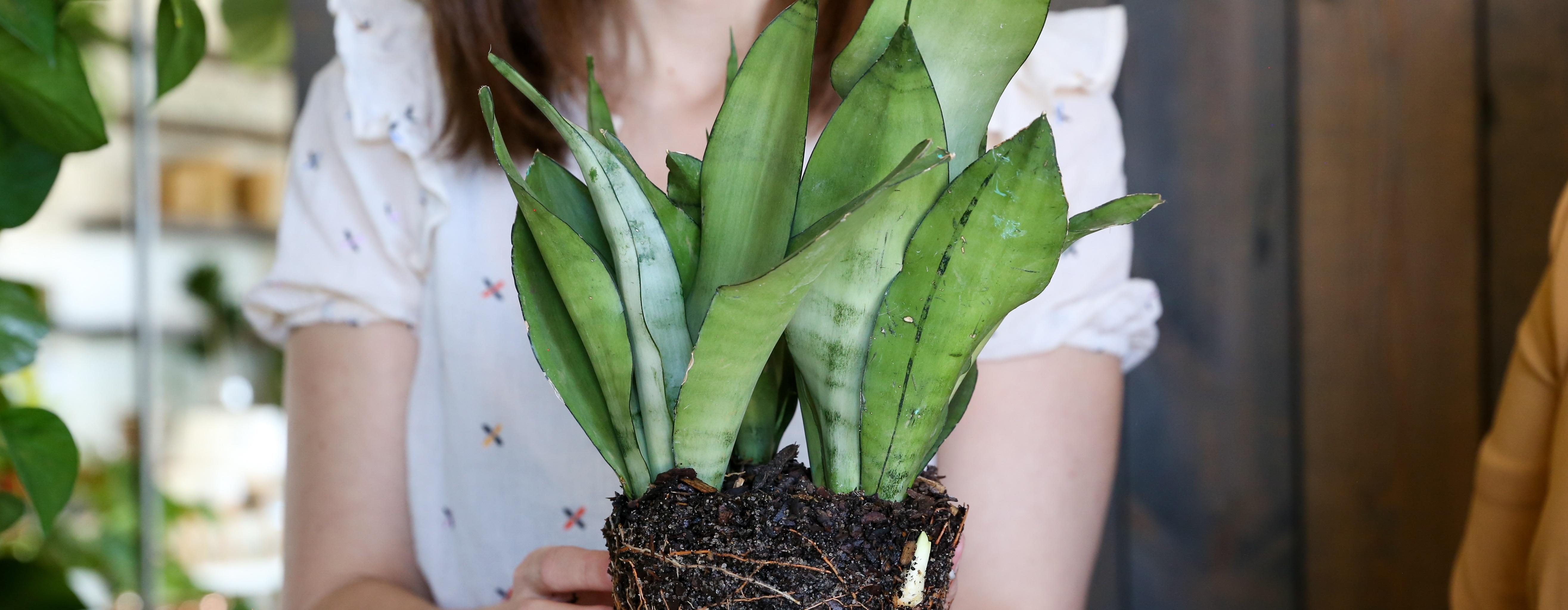
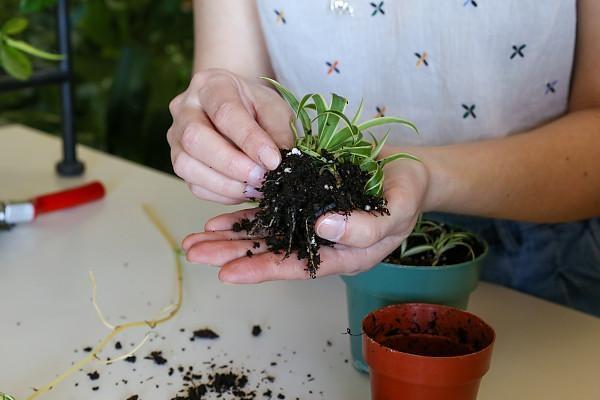
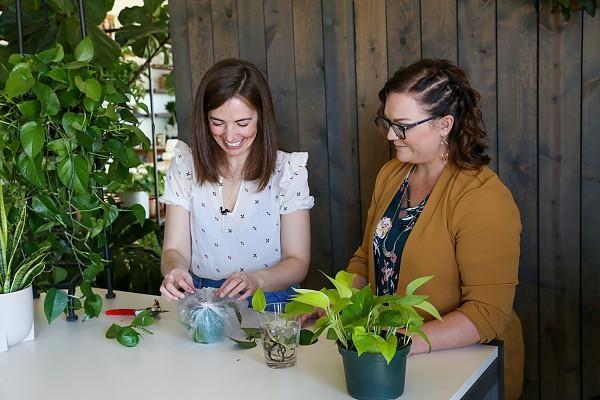
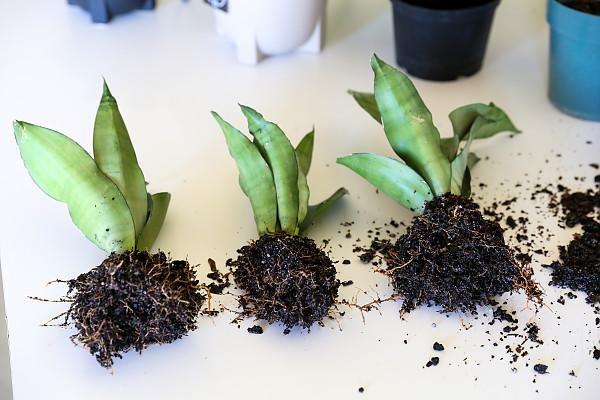
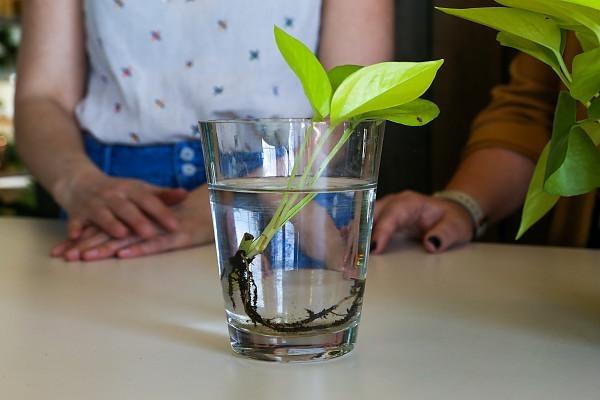
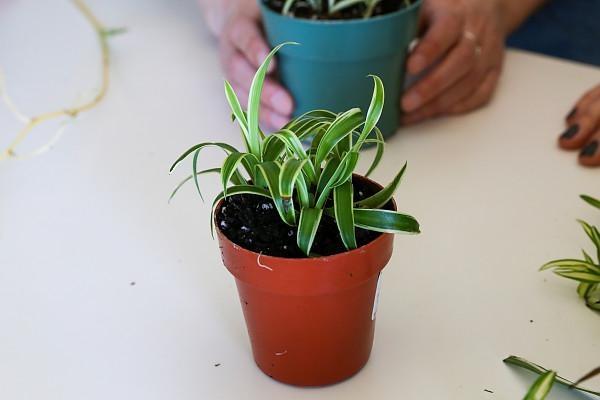
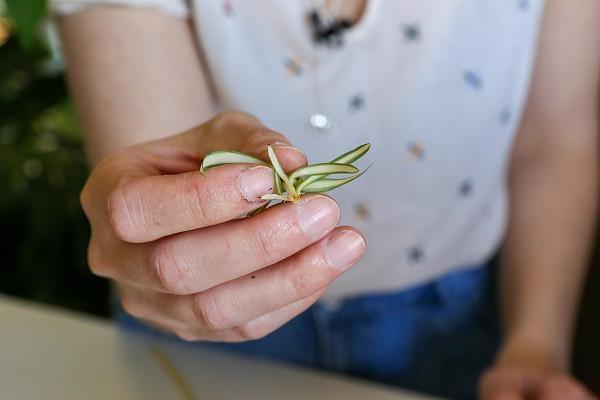

.jpg)